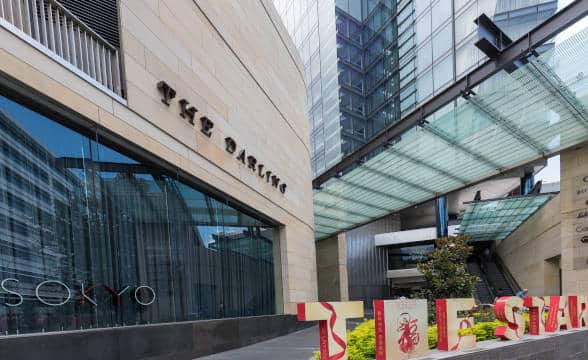Investors with an existing sportsbook tend to succeed fast when they open a new bookie compared to first-time bookie operators. Even so, you can start a bookie and start expanding it after a few years. Here is a step-by-step guide to start your per head sportsbook.
There isn’t a fixed amount of money that you must have to start a bookie. Your budget should comprise license application fees, business capital, staff wages, rent, and a cash reserve. The reserve should settle all outstanding bets without relying on money that other bettors will lose.
For instance, you can require $50,000 if you are targeting to attract 5,000 regular players in the first two months. Still, your business location also determines the amount of cash reserve you should have. Bookies that are in busy towns need more cash than those in sparsely populated regions.
Experienced operators recommend having a 20 percent expected daily handle to cover exposure. Your cash reserve should sustain your business for several months before you start making a profit.
Determine the number of wagers you will accept each week. You need to increase your bankroll if you have many heavy stakers.
Create good gambling lines to increase your chances of making a huge profit. Some experienced operators set their lines while others employ skilled lines and odds compilers.
You can make a slight adjustment to another bookmaker’s lines before you learn how to create unique ones. It might sound strange but you might lose huge sums of money if you set the lines without consulting an experienced compiler.
Still, you can compare the lines of several sportsbooks to have a small odds margin and create an even gambling market. Then, you can start accepting wagers and try to balance your book.
Research shows that many gamblers tend to wager on local teams more than on visiting teams. Thus, it is wise to adjust your lines against local clubs as they attract more betting action.
Typically, the vigorish (vig) depends on the sporting event taking place. Yet, it ranges from 110 to 100 on average. Many professional bettors understand this and you can have a huge profit margin if the bets are balanced.
For example, you will make $1,000 if you accept $11,000 on a contest’s two sides. Bettors will receive $11,000 when you lose and they will make $10,000 in profit.
Use $10,000 from the $11,000 you got on the other possible outcome to pay the outcome that you lost and you will make a $1,000 profit. Hence, you will make a $500 profit if you charged 105 to 100 vigorish on all the bets you accepted. A high vig increases your profit and significantly reduces your chances of making a loss.
-
Lay Off Overbooked Wagers
You can make a profit if the money bettors wagered on a game’s outcome is even. But, it is necessary to move the lines if one side has attracted most of the gambling action.
Lay some wagers in another bookmaker to make your book even. For example, if you take bets worth $11,000 on a game, at 110 to 100, and $8,800 is on one outcome, the other side will have $2,200.
Buy a computer system or software that can track each player whenever they visit your site. It will check their payouts and wagers. The system will help you track your losses and profits.
Running a bookmaker isn’t a walk in the park. You need to understand various sports, how to manage bets and players. Review your revenue each month to adjust or change your business model. Use different tools to perform certain tasks.
